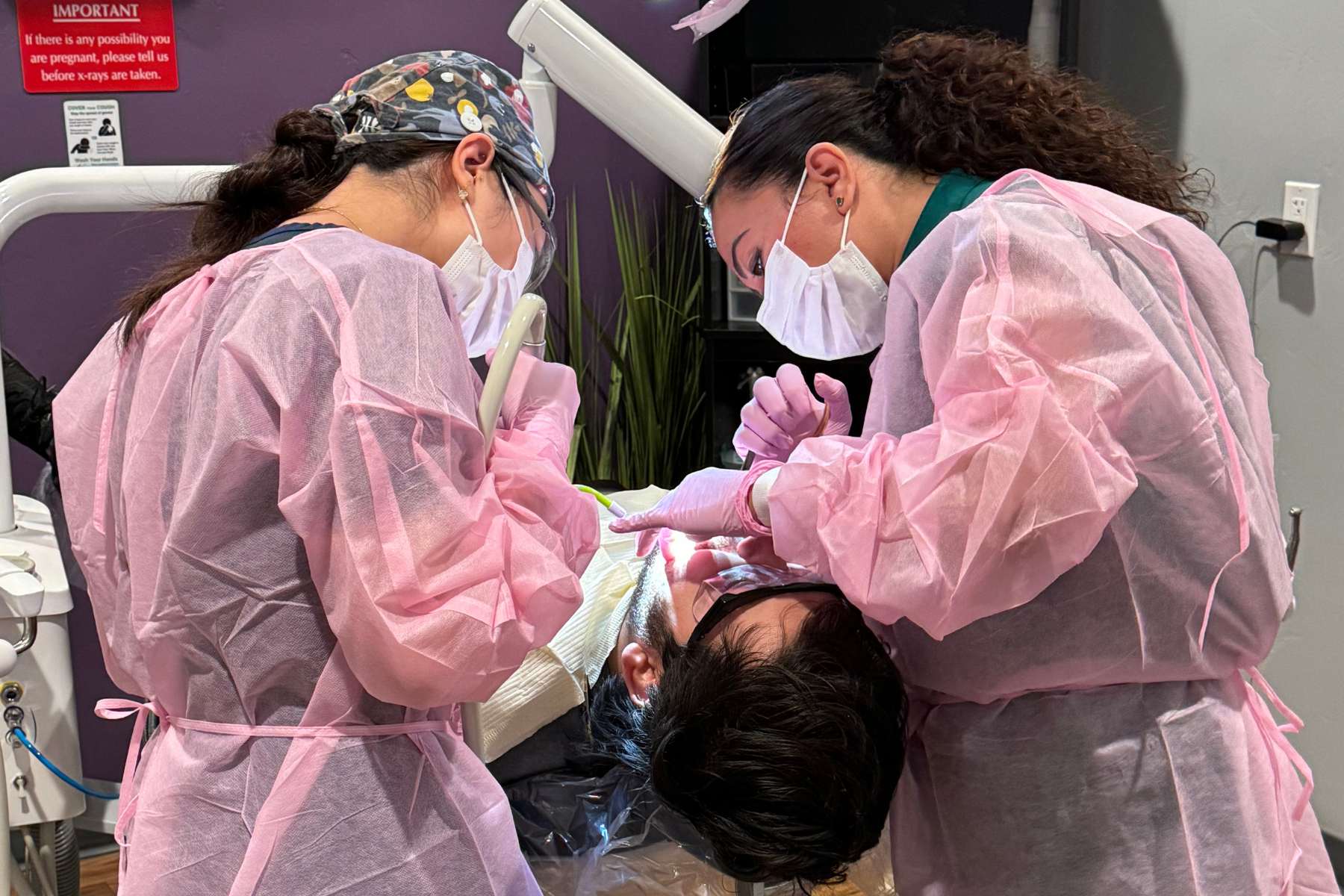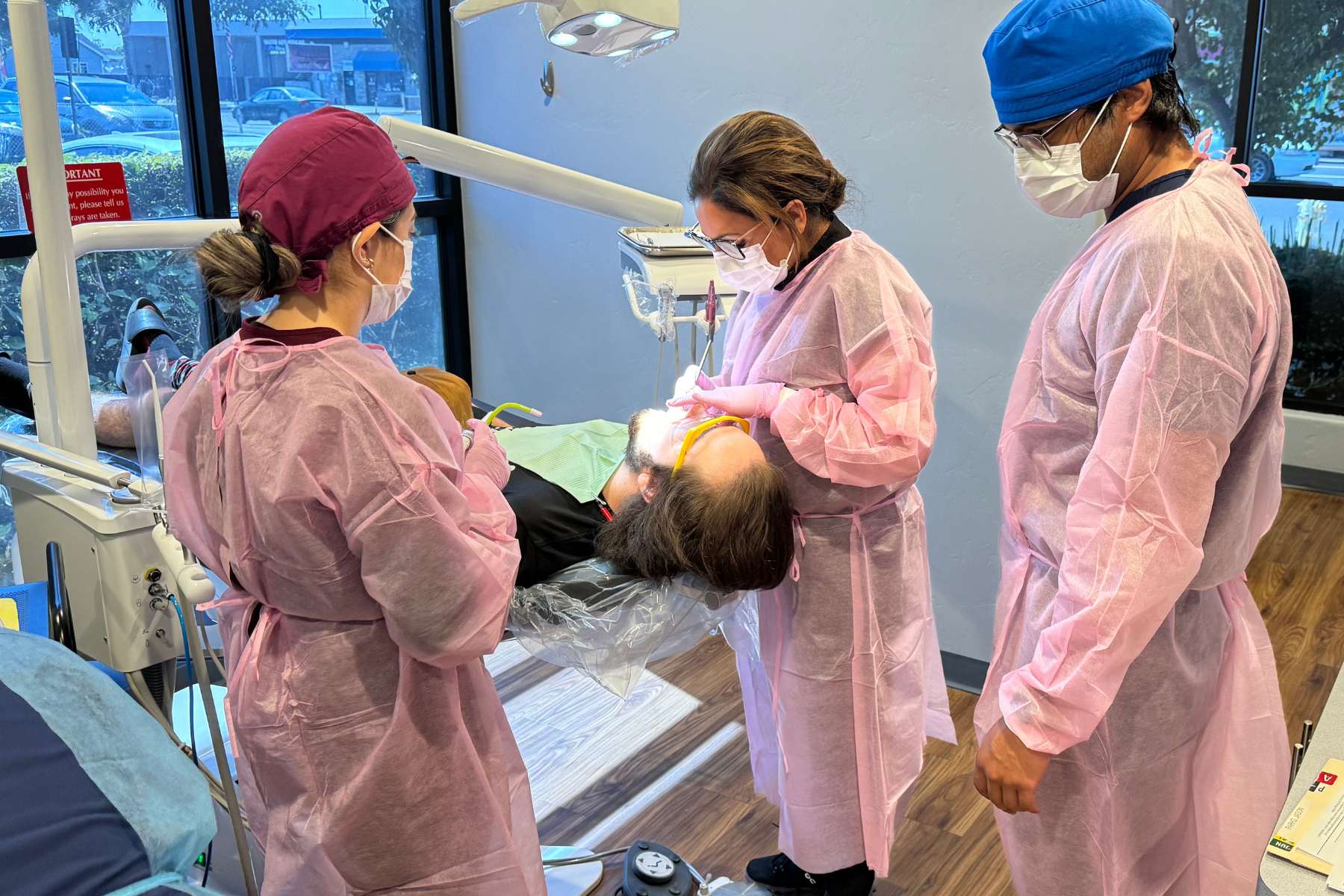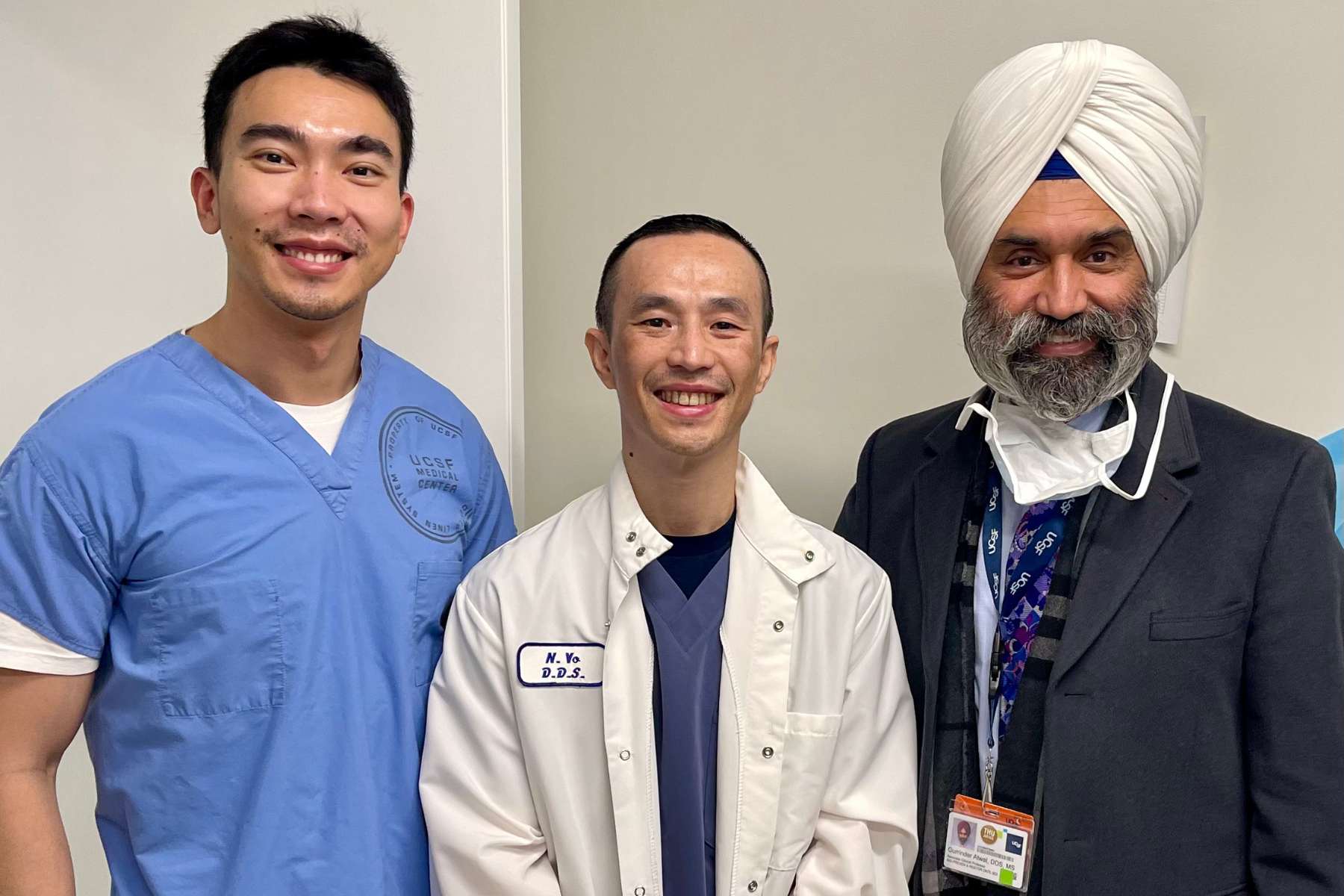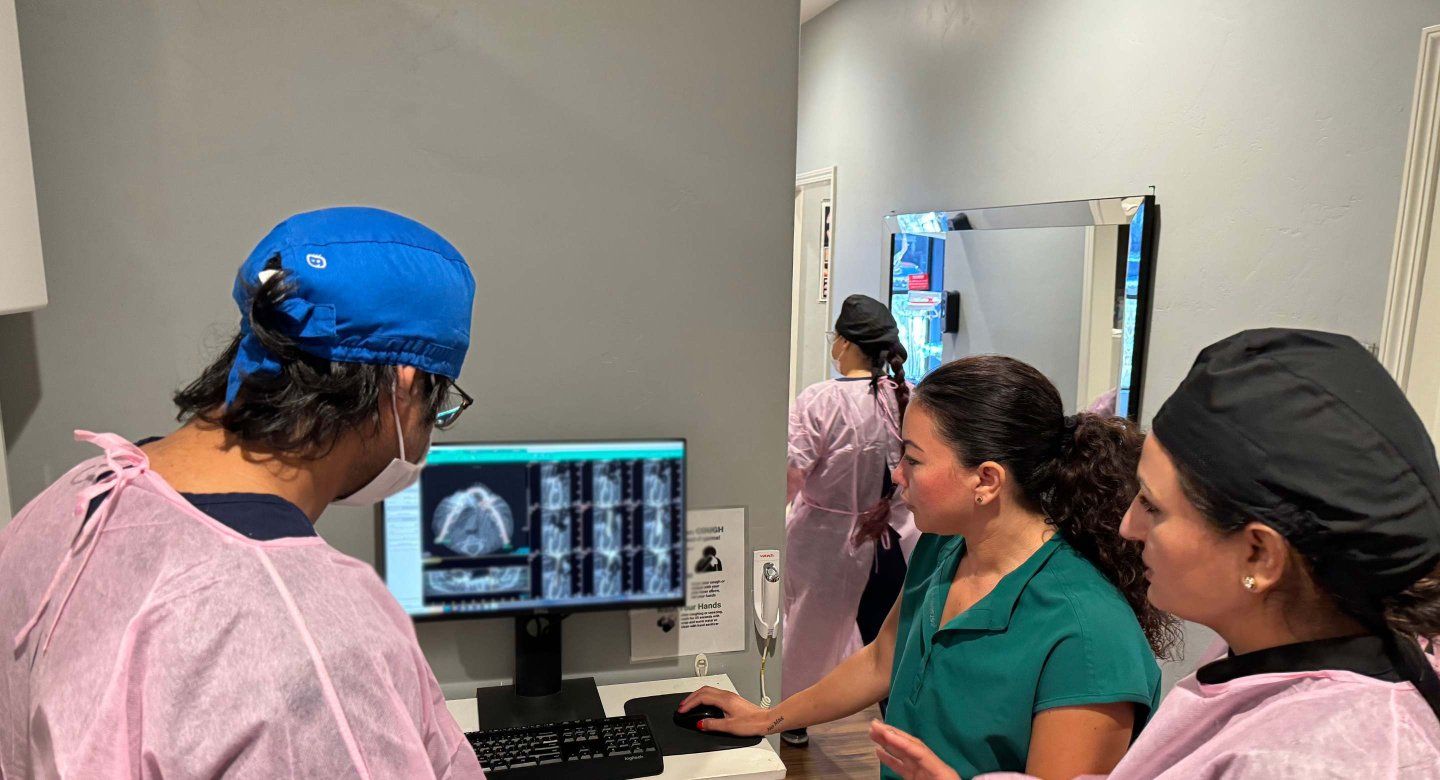Hands-on experience is invaluable, especially for those working with their hands.
Students in the UCSF School of Dentistry know that well – and will soon know it earlier as the school’s Community Based Clinical Education program expands to third-year learners for the first time during the 2024-2025 academic year.
The program, which has deployed pre-doctoral students to externship sites around the U.S. for clinical training for more than two decades, partners with 16 Federally Qualified Health Centers (FQHC), Indian Health Centers and various medical centers from the Bay Area to Texas to Alaska. Traditionally, only fourth-year learners have gotten on-site experience in the diverse set of urban, suburban and rural areas totaling six weeks.


Now, the externship will expand to third-year learners in their final quarter beginning in March, nearly doubling the total number of weeks before graduation to 10.
“It teaches our learners communications skills, empathy and enhances their clinical skills while serving the underserved communities,” said Gurrinder Atwal, BDS, DDS, MS, director, Community Based Clinical Education and Partnership. “You really need a diverse setting to practice. School can only give you a solid foundation in fundamentals. Ultimately, it’s about practicing, delivery of much needed clinical care to patients and seeing different communities. We want to create a very unique program where you’re exposed to all sorts of populations before you even graduate.”
Atwal has been at UCSF since 2008.
He’s helped fourth-year Dentistry learners complete Community Based Clinical Education under the supervision of clinic staff dentists in nearby places like Ukiah, Modesto and not-so-local spots like Dallas, Texas and tiny Bethel, Alaska.


The rotations for most (not all) long distance sites come with a stipend for food, housing and transportation – even in Alaska where learners experience traveling to remote clinics in a snowmobile and by small planes, Atwal said.
In his experience, Atwal knows work with different demographics can be invaluable, particularly if expanded to learners earlier in their studies at UCSF. “If they're already exposed to those populations in their third year, I think they will be very well equipped to succeed,” he said. “That's a huge plus for our students.”
The clinical training in rural and urban areas includes the opportunity to work with underserved and lower socioeconomic populations, providing UCSF learners with on-the-job clinical experience with Native American and migrant patients. These are typically part of FQHCs, designated as such because of a shortage of dental professionals.
There, it’s all about building trust, improving communication, mentorship opportunities, and getting a clear understanding of different dental issues, treatment options and views of health care.
“Conversation leads to trust,” Atwal said. “In dentistry, if you don’t have trust, you can only do a procedure one time and then you’ve lost that patient. They’ll never come back. If you know how to listen well, you can diagnose properly and have the community’s needs at the front of your mind.”
If they’re already exposed to those populations in their third year, I think they will be very well equipped to succeed.”
It’s not just on-site clinical experience with patients, though.
Learners owe Atwal an essay and a clinical care presentation afterwards, and those seeking extra credit can submit a short film about their work.
Those concentrating on dental specialties like orthodontics and surgery – a number that sometimes accounts for 50% of each class – have the option to go back to those suburban, urban and rural sites as part of their continuing education. Federal student loan relief is also offered as an incentive for learners who choose to continue dental work in FQHCs after UCSF graduation.
In fact, some Dentistry graduates have gone on to run those FQHC clinics.
“Our commitment to public service and community health is central to who we are as a dental school,” said Michael Reddy, DMD, DMSc, dean of the UCSF School of Dentistry and associate vice chancellor, Oral Health Affairs. “By giving our students more time immersed in diverse community practice settings, we are making them better clinicians. At the same time, we’re helping to expand access to dental care to populations who need it the most.”
In what Atwal called “a game changer,” the School of Dentistry is considering moving the just-expanded 10-week externship to 18 weeks in a few years. Expanded externship experience will not only bridge the gaps in access to oral health care but also deliver additional clinical experience and help improve communication skills in a real-life setting.
